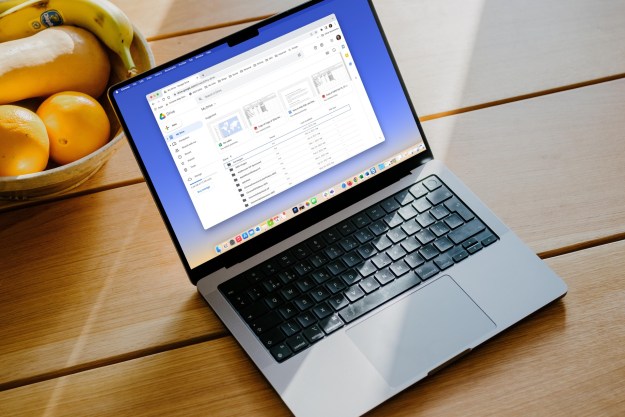Picture-in-picture mode is finally coming to Google Chrome 70 on Mac, Linux, and Windows, according to Android Police. The feature not only applies to YouTube but also any other website where developers have chosen to implement it.
This functionality has been available on Android Oreo since 2017, but only now makes it to Chrome on desktops. It is still up to web developers to add support for the picture-in-picture mode, though, and a sample package is available to assist in the process. A Chrome Extension is also available for regular users to help enable it on websites without the use of flags.
Currently, the best way to see how things look like in Chrome 70 is to head to YouTube and right click on a video twice to select “Picture in Picture” from the context menu. The video then pops out on the side in a small window that can be resized or moved anywhere. It not only stays visible on the screen at all times but acts independently of the main browser window, allowing for a potential increase productivity across the board.
In Chrome 69, developers originally could have turned on the picture-in-picture option with a flag. It now no longer requires any of those tricks to enable on a desktop, except for Chrome OS, where you still need the flag #enable-surfaces-for-videos to try it out.
Picture-in-picture has slowly become a much-wanted feature in the computing world. It was originally added in September 2016 to Apple Safari and was later added to some applications in Windows 10 with the Creators Update.
Chrome 70 also adds many other new features, including no longer automatically logging users into the browser. Notable elements in the release include Progressive Web Apps (PWA) integrations, developer support for the Credential Management API, Public Key Credential, and the new AV1 video codec.
You can get this update now and enjoy all these latest features by heading to the Help menu and then About Google Chrome. Google also maps out some Chrome features on its developer blog, providing a timeline and tips for enabling the features on its release.
Editors' Recommendations
- 5 web browsers you should use instead of Google Chrome or Edge
- What is YouTube Music? Everything you need to know
- Google just settled a $5B privacy suit involving Chrome browser
- How to save your data from Google’s purge of inactive accounts
- I couldn’t live without this simple desktop YouTube feature


